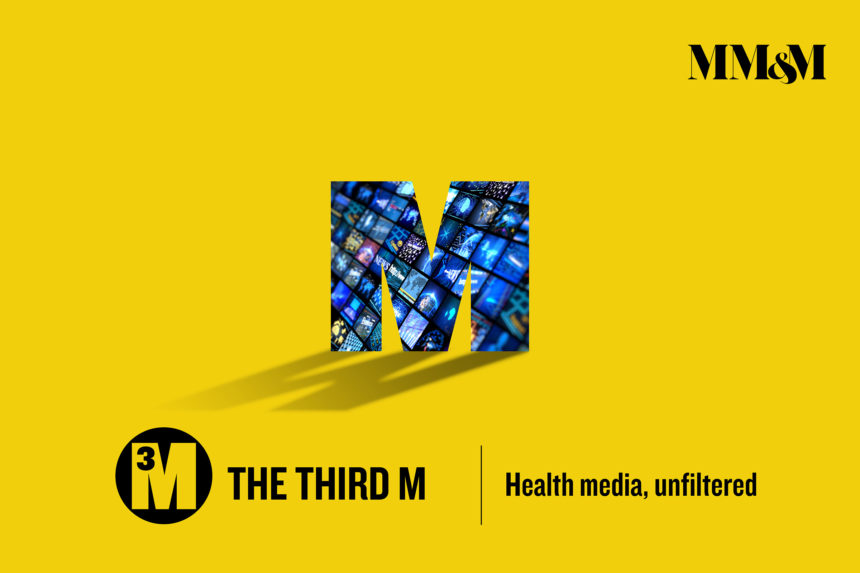The teaser for “Condé Nast Health: HCP Marketing – The Now, The Next and The New,” a virtual event held on Monday afternoon, promised that attendees would learn about “new HCP-focused solutions from Condé Nast that push the boundaries of HCP conversation,” among other things. But it was that piece of news – the formal announcement of Analog, described by Condé Nast head of health Carrie Moore as “a hybrid engagement model” – which headlined the 45-minute-long session. Here are a few takeaways.
1. Analog lets HCP-focused marketers get in on the Condé Nast action.
CN and its upscale editorial brands have long been coveted marketing partners in the consumer realm; what Analog does is formalize a suite of offerings for the HCP audience. Formal or no, the effort makes a lot of sense all around. Moore reported that the publisher reaches 45% of U.S.-based physicians and around one in three nurse practitioners and physician assistants. Pharma, for its part, has money to spend and a keen interest in broadening its HCP appeals at a time when the rep model is on COVID-related hiatus.
Based on what we’ve seen from Condé Nast on the consumer front, it’s clear the company knows its way around a smart aggregation of its editorial and brand resources. There’s no reason to think the secret sauce will be lost in translation to the HCP realm. “It’s our influence combined with notable talent and our expertise in event curation, live and virtual,” Moore said.
2. Wired, Ars Technica, The New Yorker and Self are the Condé Nast brands at the forefront of the HCP push.
To illustrate the appeal of CN content, Moore shared clips from The New Yorker and the social-media amplification by individuals (President Obama) and institutions (Penn Medicine) that followed. By way of example, she suggested Analog programs could include “engaging, curated sessions” involving Wired editorial staff around “the future of telemedicine or electronic documentation” as well as contributions from New Yorker personnel “from a policy perspective.” A slide shared by Moore identified co-branded email, editorial sponsorship, co-created content and branded content integration as potential components of any such programs.
3. Analog has a brand legacy of its own… which has little to do with the product introduced on Monday.
Condé Nast published a science-fiction title of that name during the 1950s and 1960s. Its covers were pretty darn cool. There’s not a lot to add about the connection beyond that.
4. There was also an editor/physician Q&A segment about the COVID-19 era that didn’t feel connected to the Analog news but was pretty interesting all the same.
The pre-taped conversation between Ars Technica senior science editor Dr. John Timmer and medical oncologist Dr. Joseph Sinning felt tangentially related at best to the Analog rollout that followed – maybe its purpose was to illustrate the types of interactions Analog can facilitate? That said, Sinning’s response to a host of pre-submitted questions from attendees contained some noteworthy insights into the A-list physician mindset.
Asked about changes to the profession that will outlast the pandemic, Sinning said he’s more or less bullish on telemedicine’s prospects moving forward. “Telemedicine, if payers allow us, is probably here to stay… It’s a little awkward and a little hard to get used to, but we’re figuring it out,” he noted.
Sinning also shared how his reading and information-consumption habits have changed during the pandemic. “You find yourself reading about COVID every night. There’s so much that’s not known,” he said, pointing to the New England Journal of Medicine and the Journal of Clinical Oncology as go-to sources. “It’s amazing what one can Google… Fortunately, most of us know how to curate it.”







